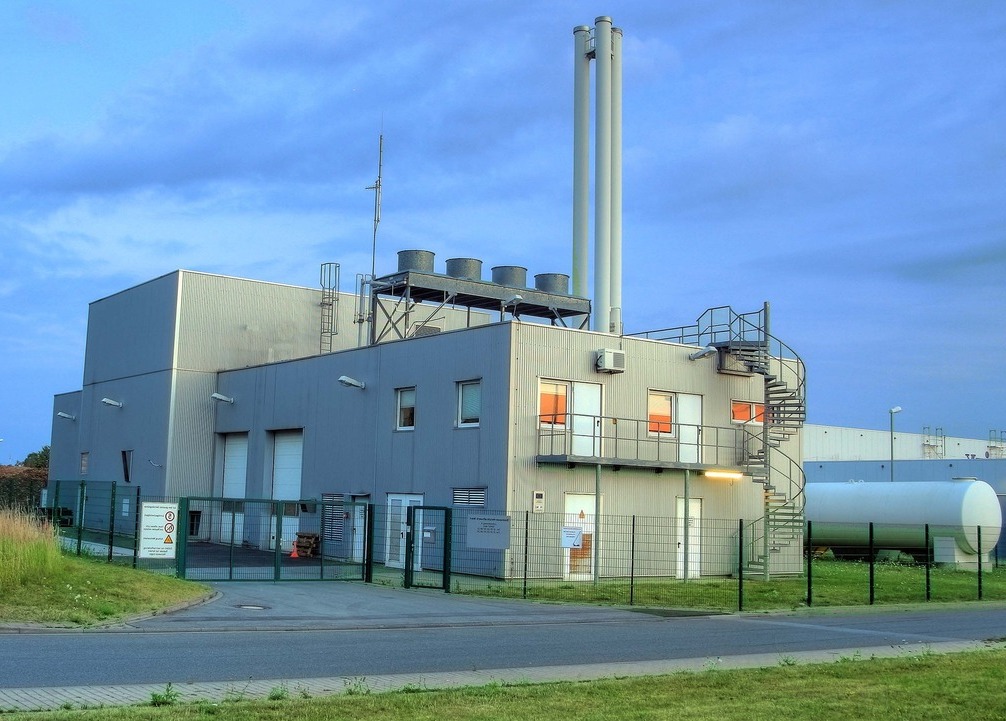As we anticipate the upcoming 2016 FSE conference scheduled to take place this fall, we’d like to provide a brief synopsis of worldwide renewable energy trends since our conference last year in Puglia.
The State of Renewable Energy
Findings recently published by the U.S. National Renewable Energy Laboratory (NREL) reveal some interesting trends related to sustainable energy sources:
- Nearly 25 percent of worldwide electricity generation used renewable energy sources.
- Wind and solar accounted for the largest areas of alternative energy growth. Wind use grew by a factor of 18 and solar use grew by a factor of 68 over a 13-year period beginning in 2000.
- Worldwide renewable electricity producing infrastructure increased a little more than two-fold between 2000 – 2013, from 748 gigawatts to 1560 gigawatts.
- The growth leaders were China for total applications and the U.S. for geothermal and biomass.
EU vs. US Trends
The US and EU have long been at the forefront of the sustainable energy discussion, stimulating research into new technologies in an effort to curb the environmental ramifications of the non-renewable energy sources currently dominating the market.

Hydroelectric power harnesses the naturally powerful energy of water and transforms it into consumer-ready energy
- US:
- Based on data compiled in 2013, renewable sources only accounted for 13% of U.S. energy production. The primary non-renewable energy sources produced were coal (38.9% of production) and natural gas (27.3% of production)
- Hydroelectricity: Accounting for slightly more than 6 percent of all U.S. electricity production, hydroelectricity was the single largest producer of alternative energy in 2013, and accounted for 45 percent of all alternative energy production.
- Wind Power: The second largest source of renewable energy was wind generated power, producing approximately 4 percent of U.S. electricity, with the majority of the installations built in Texas, Iowa and California.
- EU:
- Comparatively, the 24.3% of the EU energy production came from renewable sources, more than 11% higher than the renewable production in the U.S.
- Biomass and renewable waste accounted for just over 64% of this renewable energy.
- As in the U.S., hydropower was another popular source of alternative energy in the EU, at 16.6% of the total alternative production.
- Key leaders in renewable energy production are Germany, Italy, and France.
Global Investment Trends 2015
In their 2015 annual report “Global Trends in Renewable Energy Investment 2015,” the Frankfurt School – UNEP Collaborating Centre for Climate & Sustainable Energy Finance published worldwide renewable energy investment data.
- In 2015, worldwide investment, not including large hydroelectric initiatives, rose to nearly $286 billion. Of that total, India, Brazil and China contributed $156 billion, up 19 percent from 2014. China was the overall largest single contributor at $103 billion.
- South African growth increased by the largest percentage — 329 percent, bringing their total figure to $4.5 billion. Additionally, Chile and Mexico had substantial increases at 151 percent and 105 percent, amounting to $3.4 billion and $4 billion respectively.
- Japanese contributions remained flat at $36 billion.
- European investment for the same period decreased by 21 percent to $49 billion.
- Market investment was down by 20 percent at $12.8 billion for 2015, though consistent with annual averages calculated beginning in 2008. $6.2 billion of that figure was represented for by North American and European project funds.
Trending Alternative Energy Sources

Biomass plants like the one pictured here, burn plant and animal waste to produce energy. At the same time, this practice also releases carbon dioxide into the atmosphere.
In addition to hydroelectric and wind energy, the following sources seem to be trending worldwide:
- Solar: In 2015, the U.S. increased solar installations by 26 percent, 7.26 gigawatts, now generating a total of 27.4 gigawatts of electricity, capable of providing power to approximately 5.5 million households. Experts are anticipating a doubling of installed capacity in 2016.
- Fuel Cells: The fuel cell industry exceeded $2.2 billion of annual U.S. sales in 2014. The industry has created thousands of jobs and accounts for several millions of dollars of state and local government tax revenues and investment. Expanding beyond its primary use in the automotive industry, corporate fuel cell use continues to increase with Walmart leading as the leader, using fuel cells to power 2800 of their forklifts.
- BioFuels: Biofuels are derived from biomass sources, which can include solid waste fuel pellets, ethanol, biodiesel and biogas. Sugar, both from cane and beets, corn starch and cellulose-based stocks are used in the production of biofuels. Biodiesel and ethanol production growth is anticipated to reach 151 liters in 2016, with the largest production increases coming from Sweden, Columbia and India.
Globally, we’ve come a long way in developing and promoting alternative sustainable energy sources, but as the numbers above show, we still have a long way to go. For too long, we have relied upon depleting resources to supply our energy; we need to continue our push to increase the use of alternative sources.

